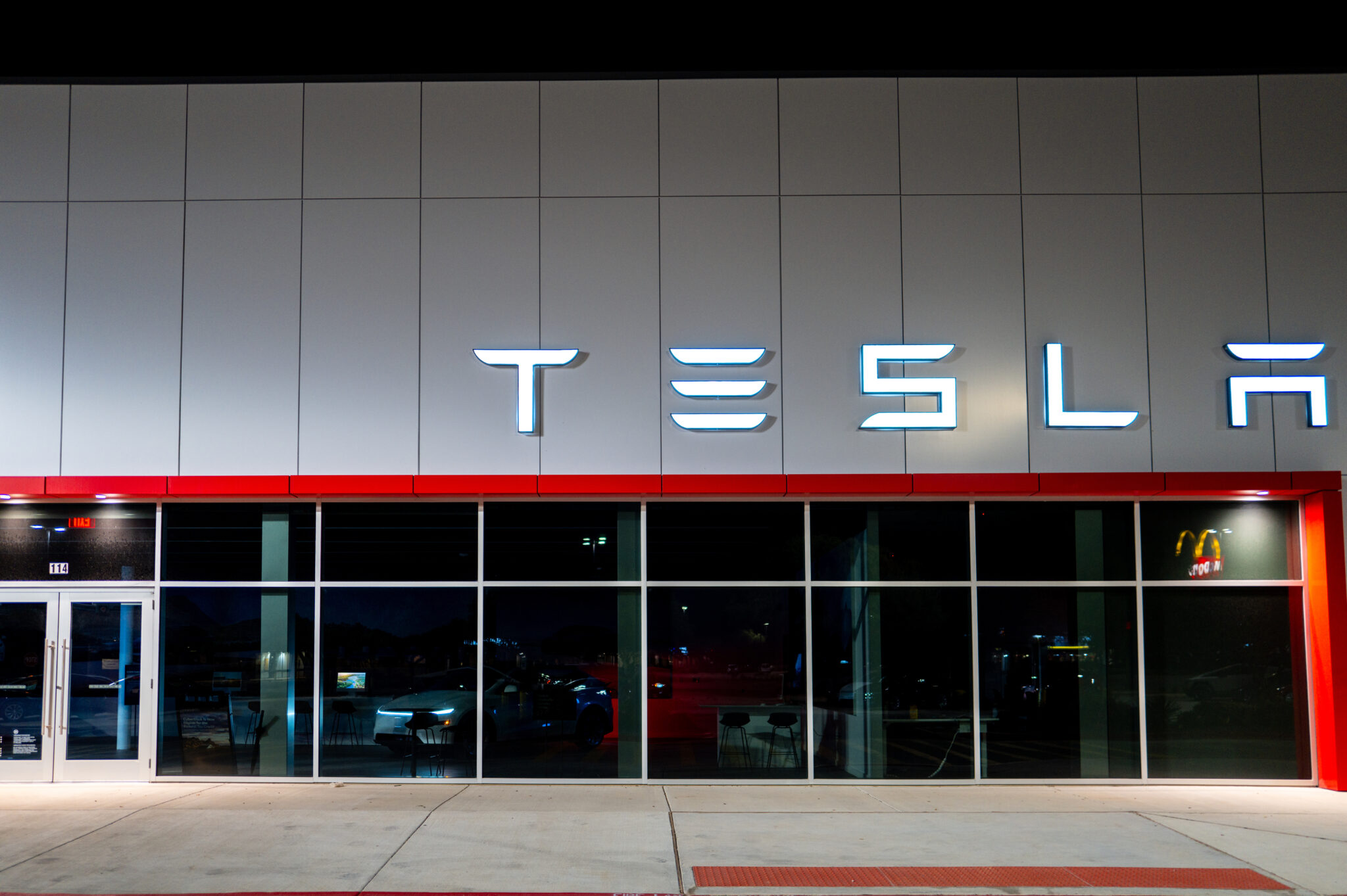Wi-Fi 8 won't be faster, but will be better - more details emerge just hours after Wi-Fi 7 protocols are officially ratified
-
This post did not contain any content.

Wi-Fi 8 wants to replace your Ethernet cable by doing what no wireless standard has ever tried before
Sharp shift from simply fast to fail-safe
TechRadar (www.techradar.com)
-
This post did not contain any content.

Wi-Fi 8 wants to replace your Ethernet cable by doing what no wireless standard has ever tried before
Sharp shift from simply fast to fail-safe
TechRadar (www.techradar.com)
As long as I can use as an radar/lidar that can see through walls, as promised.
-
As long as I can use as an radar/lidar that can see through walls, as promised.
Why do you want people to see through your walls?
-
Why do you want people to see through your walls?
“If you’re not doing anything wrong, you shouldn’t fear the wifi penetration.”
-
This post did not contain any content.

Wi-Fi 8 wants to replace your Ethernet cable by doing what no wireless standard has ever tried before
Sharp shift from simply fast to fail-safe
TechRadar (www.techradar.com)
Second is the rise of AI-powered systems that depend on fast, reliable access to edge or cloud-based intelligence.
I’m sorry… what?
Is that just word salad? I’m not seeing “AI” as being anything but an excuse there. On the cloud side, AI involves server farms with physical interconnects. Same for endpoint AI, and edge server AI.
Are they saying that accessing these systems depends on fast, reliable access? Like, faster and more reliable than using Google from your web browser over the past 20 years?
The whole point of ML systems is that all the heavy compute and speed dependent stuff happens somewhere with dedicated bandwidth to handle it, and the interface can be slower and lossier because the service can take more steps without guidance.
-
Second is the rise of AI-powered systems that depend on fast, reliable access to edge or cloud-based intelligence.
I’m sorry… what?
Is that just word salad? I’m not seeing “AI” as being anything but an excuse there. On the cloud side, AI involves server farms with physical interconnects. Same for endpoint AI, and edge server AI.
Are they saying that accessing these systems depends on fast, reliable access? Like, faster and more reliable than using Google from your web browser over the past 20 years?
The whole point of ML systems is that all the heavy compute and speed dependent stuff happens somewhere with dedicated bandwidth to handle it, and the interface can be slower and lossier because the service can take more steps without guidance.
AI is currently a clustered mess of retry back off loops. The connectivity ain’t the issue.






